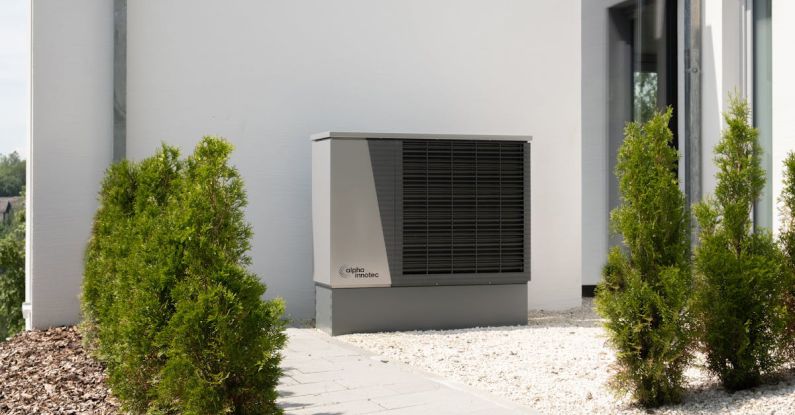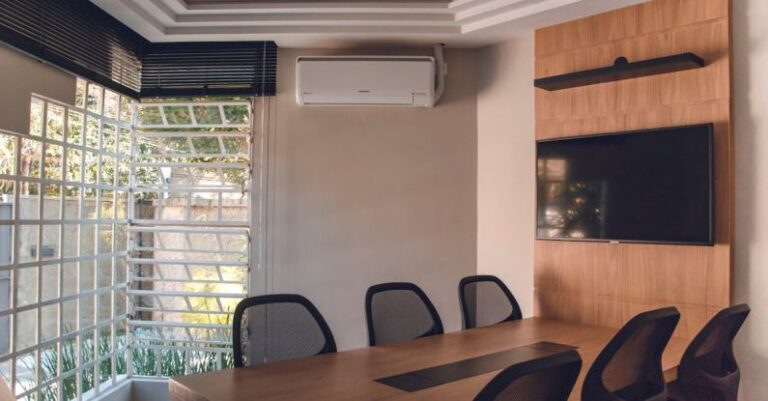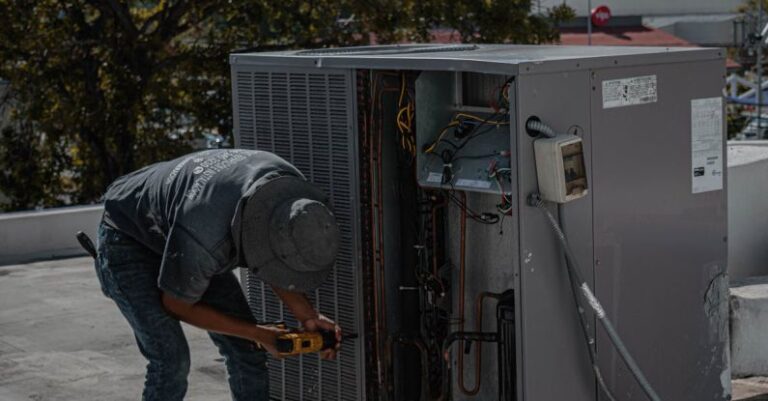
Are you tired of dealing with AC thermostat issues that disrupt your comfort at home? A malfunctioning thermostat can lead to inconsistent temperatures, increased energy bills, and overall frustration. But fret not, as there are simple steps you can take to handle AC thermostat issues effectively. By understanding common problems and implementing troubleshooting techniques, you can regain control over your home’s climate and ensure your AC system operates efficiently. Let’s delve into how you can tackle AC thermostat issues like a pro.
Identifying the Problem
The first step in resolving AC thermostat issues is to identify the root cause of the problem. Often, thermostat issues arise due to simple factors that can be easily rectified. Start by checking the thermostat settings to ensure they are correctly configured. Verify that the temperature setting is appropriate for your comfort preferences and that the fan settings are adjusted accordingly.
If the thermostat display is blank or unresponsive, check the batteries. Sometimes, a simple battery replacement can revive a non-functioning thermostat. Additionally, inspect the thermostat for any dust or debris that may be obstructing its operation. Cleaning the thermostat with a soft brush can help restore its functionality.
Another common issue is a miscommunication between the thermostat and the AC unit. Ensure that the thermostat is properly connected to the AC system and that the wiring is intact. If you notice any loose connections or damaged wires, it may be necessary to call a professional technician to address the issue.
Calibrating the Thermostat
Calibrating your thermostat is crucial for ensuring accurate temperature readings and efficient operation of your AC system. Over time, thermostats can become inaccurate, leading to temperature discrepancies and discomfort in your home. To calibrate your thermostat, you can use a separate thermometer to compare the temperature readings.
If you find that the thermostat is displaying incorrect temperatures, you can adjust the calibration settings to align with the actual room temperature. Consult your thermostat’s manual for specific instructions on how to calibrate the device. By calibrating your thermostat, you can improve the overall performance of your AC system and enhance your indoor comfort.
Updating the Firmware
In today’s digital age, many thermostats come equipped with smart technology that allows for remote control and programming. If you are experiencing issues with your smart thermostat, such as connectivity problems or software glitches, updating the firmware may resolve the issue. Manufacturers often release firmware updates to address bugs and improve the functionality of their devices.
To update the firmware on your smart thermostat, check the manufacturer’s website for instructions on how to download and install the latest updates. By keeping your thermostat’s firmware up to date, you can ensure optimal performance and prevent potential issues from arising.
Seeking Professional Assistance
If you have tried troubleshooting your AC thermostat issues and have been unable to resolve the problem, it may be time to seek professional assistance. A licensed HVAC technician has the expertise and tools necessary to diagnose and repair complex thermostat issues. Whether it’s a faulty wiring connection, a malfunctioning sensor, or a defective thermostat unit, a professional technician can identify the issue and provide a solution.
When scheduling a service call, be prepared to provide details about the symptoms you are experiencing with your thermostat. This information will help the technician diagnose the problem more efficiently and address it effectively. By enlisting the help of a professional, you can ensure that your AC system is functioning optimally and that your home remains comfortable year-round.
In Conclusion
Handling AC thermostat issues requires a systematic approach that involves identifying the problem, calibrating the thermostat, updating the firmware, and seeking professional assistance when necessary. By following these steps, you can address common thermostat issues and ensure that your AC system operates efficiently. Remember, a well-maintained thermostat is essential for maintaining indoor comfort and controlling energy costs. By taking proactive measures to address thermostat issues, you can enjoy a comfortable living environment and peace of mind knowing that your AC system is running smoothly.





